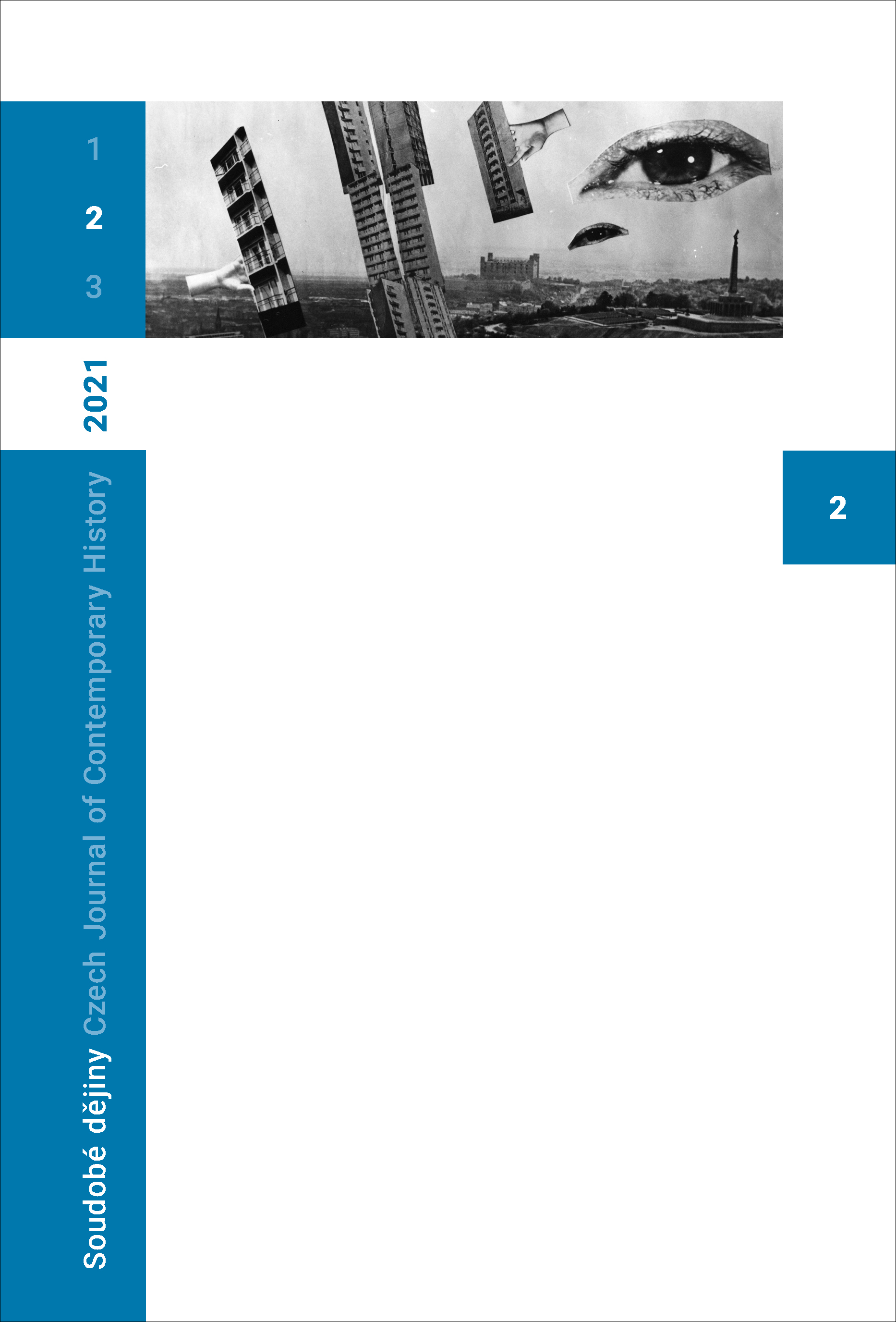Vědět a stavět
To Know and to Build
Continuities of Urban Expertise Illustrated by the Case of Bratislava in the "Short" Twentieth Century
Author(s): Matěj SpurnýSubject(s): Cultural history, Architecture, History of ideas, Political history, Interwar Period (1920 - 1939), WW II and following years (1940 - 1949), Post-War period (1950 - 1989), History of Communism
Published by: AV ČR - Akademie věd České republiky - Ústav pro soudobé dějiny
Keywords: Bratislava;Czechoslovakia;Slovakia;architecture;urban planning;modernity;avant-garde;technocracy;epistemic communities;state socialism;historical continuities
Summary/Abstract: Between 1918 and 1989, Bratislava witnessed at least four major political upheavals, formed part of different states, and its entire social, political and economic order fundamentally changed several times, as well as the position of the city – from the centre of part of Czechoslovakia to the capital of the formally independent state. The main aim of this study is to analyse the development, planning and construction of Bratislava throughout this entire turbulent period, while pointing mainly to the continuities and connections that go beyond these political upheavals. The study focuses on a largely Slovak epistemic community of architects and urban planners inspired by modernism, who were active in Bratislava or influenced its development during the researched period. The first generational cohort of these urban experts was formed by people who, since the 1920s, had drawn inspiration mainly from the environment of the Prague Czech Technical University, where they had the opportunity to become acquainted with modernism in architecture. After the Second World War, some of these figures created an important expert and academic background, from which, in the local context, emerged another extremely influential generation of architects and designers, which had a fundamental influence over the development of the city in the 1960s and 1970s. While some of them remained active well into the 1990s, it is possible to observe as early as in the normalization period (and this is the focus of the final parts of this study) how the approach towards the urban environment they represented was being gradually challenged and was becoming less important. The author analyses the relationship between the urban experts of several generations, as well as between the urban experts and other important actors who influenced the development of Bratislava. He shows how these experts built their positions and secured the continuity of their own approaches to the construction, or more generally, to the development and operation of the city. He also outlines how the ways they exercised their influence changed over the course of several decades and what factors – on the political, institutional and discursive level – strengthened or weakened this expert community.
Journal: Soudobé Dějiny
- Issue Year: XXVIII/2021
- Issue No: 2
- Page Range: 315-352
- Page Count: 38
- Language: Czech

